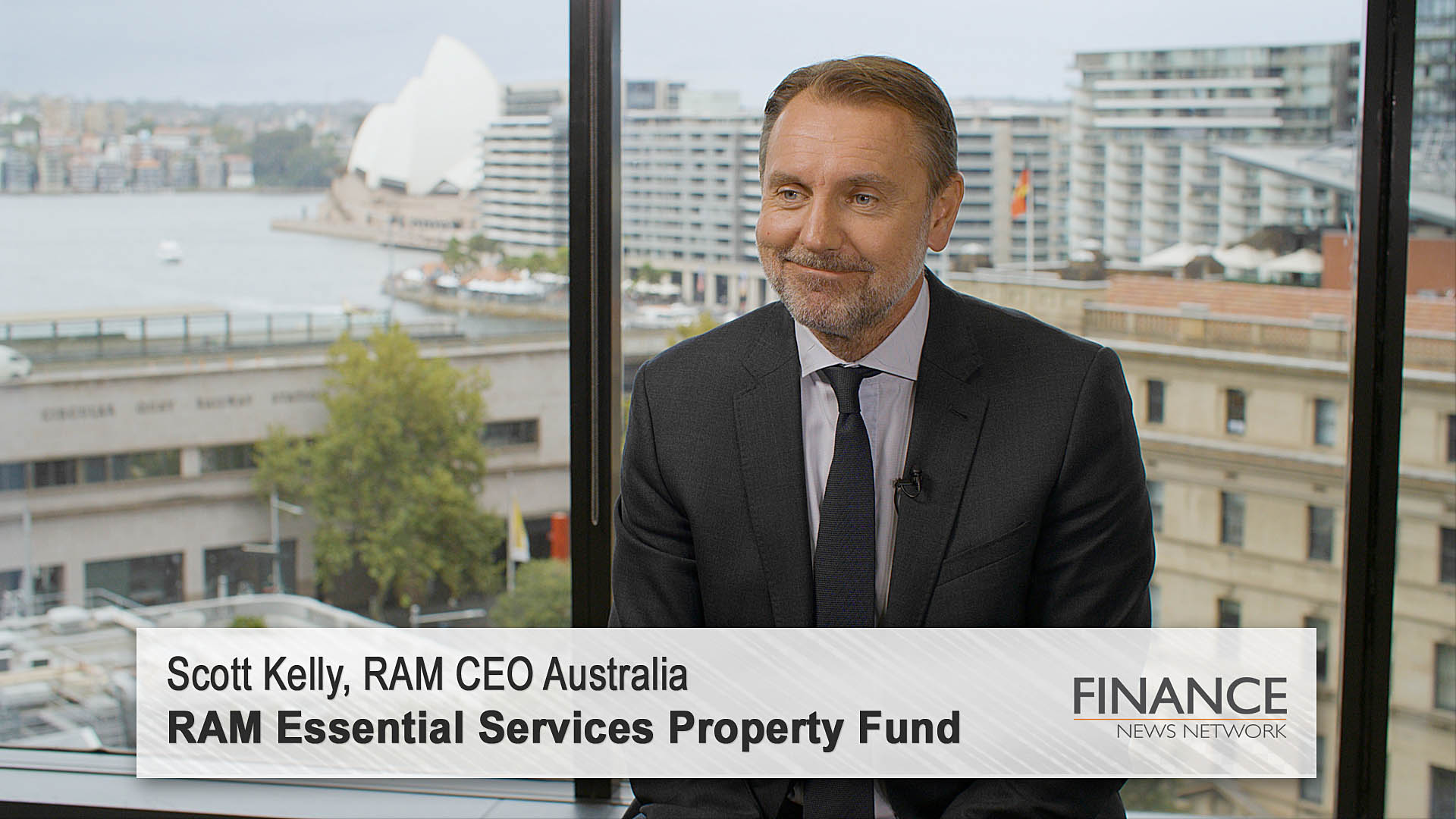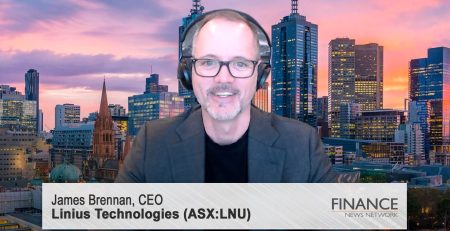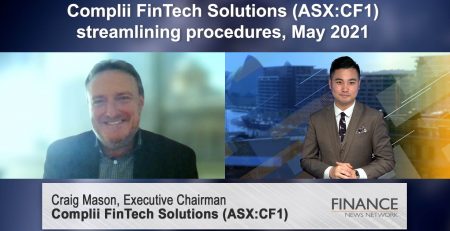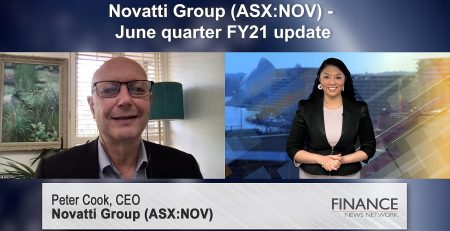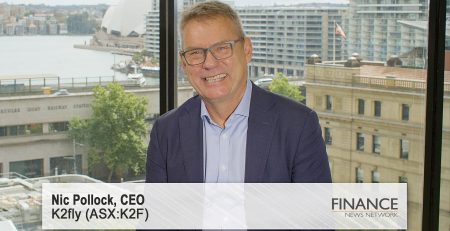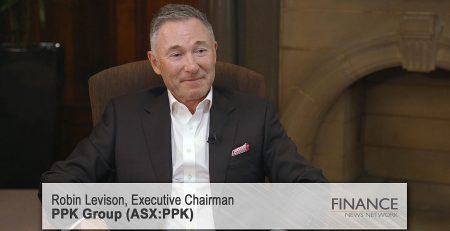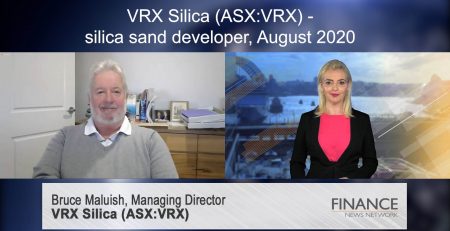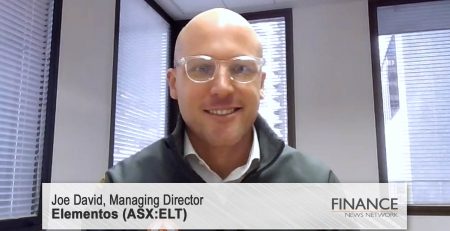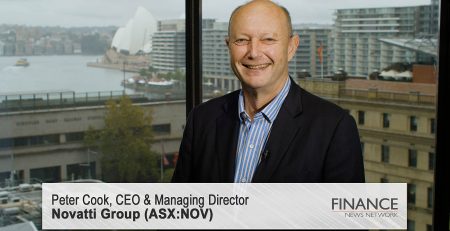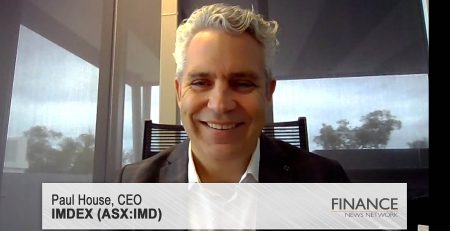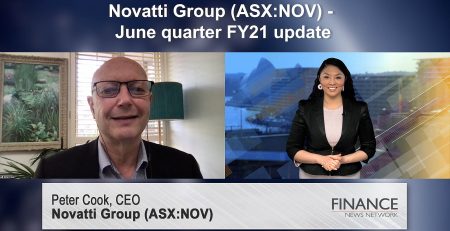Investing in essential services property for above average dividend yield
Scott Kelly, RAM CEO Australia, provides an introduction to the RAM Essential Services Property Fund (ASX:REP), discussing geographical spread, yield, investment strategy, financials and inflation.
Tim McGowen: We're talking today with Ram Essential Services Property Fund (ASX:REP). It's an Australian real estate investment trust that invests in high-quality Australian medical and essential retail real estate assets leased to essential services tenants. The listed product is part of the wider Real Asset Management group. The fund's objective is to provide investors with capital growth through an exposure to a high-quality defensive portfolio of assets with favourable sector trends. The stock has market cap of around $416m dollars and a yield at present of around 7 per cent. We have with us the CEO, Scott Kelly. Scott, thanks for your time. Nice to see you in Sydney.
Scott Kelly: Hi Tim. How are you doing?
Tim McGowen: Now, Scott, can you provide for investors who don't know the RAM Essential Services Property Fund, it's part of a bigger group, can you kind of give us a bit more colour in terms of explaining who you are?
Scott Kelly: Yeah. Sure. So, Real Asset Management is a fully independent asset management business focused on three areas being, number one, real estate, number two, credit and fixed income and a relatively small private equity business. So, we've been around for more than a decade. We manage over$ 4 billion of assets, and predominantly it's in those three asset classes that we specialise.
Tim McGowen: And in regards to the property fund, which we're talking about today, can you talk through the geographic exposures and locations and how that plays out within the investment strategy?
Scott Kelly: So, the fund is the RAM Essential Services Property Fund. It's got two components to it, being essential retail, which is kind of Coles and Woolies supermarkets, and medical assets. And when we say medical assets, we mean pure medical assets, being private hospitals, daycare centres, that kind of stuff. The reason I emphasise that is because that if you want exposure to the underlying themes, like aging population, then it'll expose you to the pure assets rather than having gyms or an office that happens to have a medical tenant.
So, those are the two sectorial exposures, and when you blend them together you get a nice robust income stream across that portfolio that's weathered well during all the stress tests we've had in recent years and punches out a nice yield. So, if you bought it today, you'd have a 7 per cent yield. In terms of geographic exposure, we're less sensitive, but we are in six different States across the country. We've got 35 assets in those two sectors. And where we position the fund, obviously we want geographic diversification, but really it's opportunity-led. Where do we think we can get the best risk-adjusted deals for the investor.
Tim McGowen: Scott, how did the assets perform over COVID? We saw office trusts obviously severely impacted by COVID. Does the defensive nature of the assets mean that you've been somewhat protected?
Scott Kelly: Yeah, absolutely right. So, during the COVID period, which was actually pre-listed, so the worst of COVID and all the lockdowns, we still had 96 per cent cash collection. So, 96 per cent of the expected rent still came through. In fact, that was really the genesis to listing the product. Previously it was the retail fund and the medical fund. We bolted them together and listed them as the essential service property fund. And during COVID, of course, the phrase "essential service" was ringed by the government, so hence the name. So, the genesis of listing this was really the demand we felt after it being proved up during that stress test of all stress tests, which was the COVID period.
Tim McGowen: And in terms of the balance sheet, how's the balance sheet look at present in terms of debt and leverage?
Scott Kelly: When we listed, we said we'd keep the gearing at around about low thirties. It sits at 32 per cent now. We have plenty of head headroom in that facility to do the capex that we want to improve the assets over time. And we've hedged around about 60 per cent of that debt. So, we've fixed out that debt for an average tenure of two-and-a-half years. So, we think we've got a pretty solid financing situation.
Tim McGowen: And, of course, you had your first half of 2023 announcement out today. In terms of dividend per unit, you're looking at around 2.9 cents. Now, that's a payout ratio of around 105 per cent. What can investors expect in regards to that payout ratio moving forward?
Scott Kelly: So, every time we've announced so far, we've been at least bang on the money in terms of what we said we would do. And we're reconfirming that guidance of between 5.6 on an annualised basis, 5.7 to 5.8. So that smooths out the sort of half-yearly picture because we've got a lot of cash flow coming in in the second half of the year, which will mean we're paying out around about 96 per cent of FFO. So, the payout ratio is 96 when you smooth out the two half years.
Tim McGowen: And that's maintaining a dividend around that 7 per cent, is that right?
Scott Kelly: Yeah. So the yield at the moment… So, the distribution per security is 5.7 to 5.8. But based on the fact that it's around 81 at the moment, if you buy in today, you'd get that dividend yield of around about 7 per cent, just over, probably.
Tim McGowen: As at 31 December 2022, the weighted average capitalisation rate of the portfolio was around 5.5 per cent. How do you see cap rates moving forward over the short to medium term?
Scott Kelly: I think it depends on different sectors. So, probably there's a little bit more to play out in some sectors, and you can probably guess where they are, but they're not the essential sectors, so they're not the ones that we're exposed to. We think we've had a little bit of weakness in some of the retail and the medical areas, but we haven't felt that in our assets particularly, and we don't expect that going forward. I think one of the reasons is that investors now are a bit discerning about which sector they're exposing themselves to within the commercial real estate space. And both domestically and indeed overseas investors are still looking to invest in defensive, high-yielding sectors with rock solid valuations and rock solid cash flow. So, that never really goes away, but it's probably still a heightened thing on investors' minds both domestically and overseas.
Tim McGowen: And, of course, on investors' minds is inflation. It's rife across the economy. Are your rents protected in terms of rising inflation?
Scott Kelly: They are. So, about a third of our rents are directly linked to CPI and CPI plus. We then also have a component that's fixed. So, we have fixed annual escalators in our leases. And the nature of supermarket leases is that they're sometimes linked to or mostly linked to turnover, so we get extra linkage to inflation. You know, if Coles and Woolies do well, then we get a bit more rent flowing through. So, overall, more than 90 per cent of the leases are linked to annual escalators in excess of 3.4 per cent. So, it depends on your view of inflation, but we've got some natural hedging in place there.
Tim McGowen: And, just finally, you touched on the kind of the subsectors within the fund. How do you see those performing moving forward?
Scott Kelly: So where we play, I guess… similar sort of stories in that I think neighbourhood grocery-anchored retail and certainly at the ticket size we play at. You know, the average asset values are kind of in the $25m across the 35 assets. Those are sort of very strong and remain strong. And then, within the medical sector, you have really that structural imbalance between money wanting to buy into the sector and the supply of assets. So, you'll have interest in medical development funds for example, and you'll definitely have interest from overseas investors, and the super funds are still not allocated to the sector, which in itself could be a massive source of demand for those kinds of assets.
Tim McGowen: Scott Kelly, thanks for your time.
Scott Kelly: Thank you, Tim.
Ends
Copyright 2023 – Finance News Network
Source: Finance News Network

